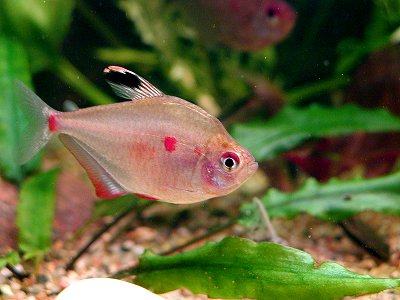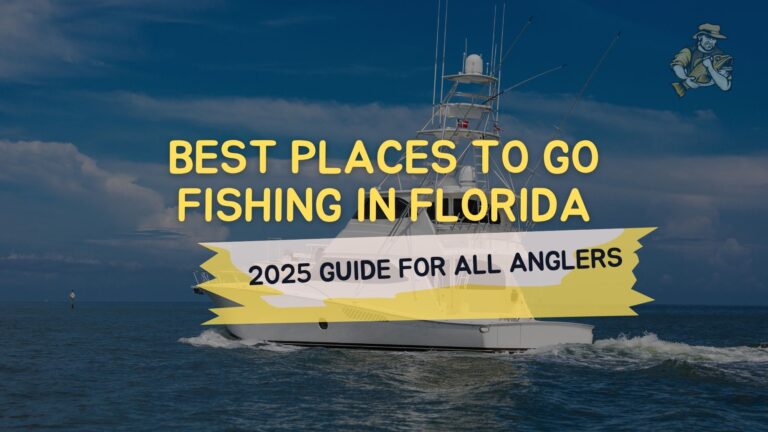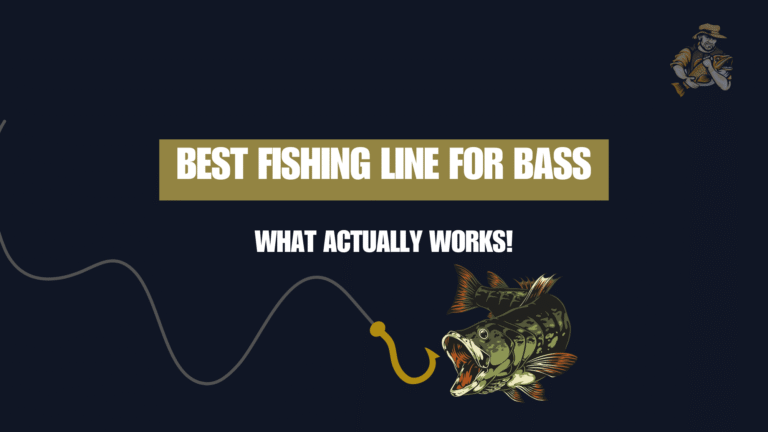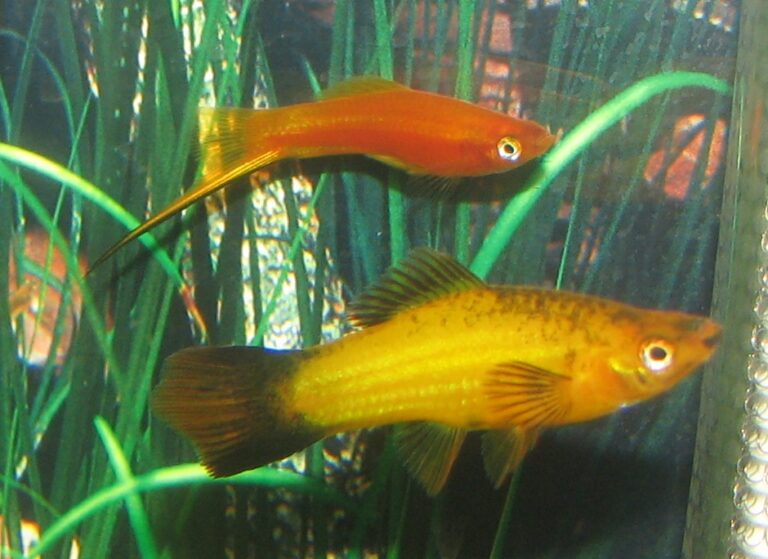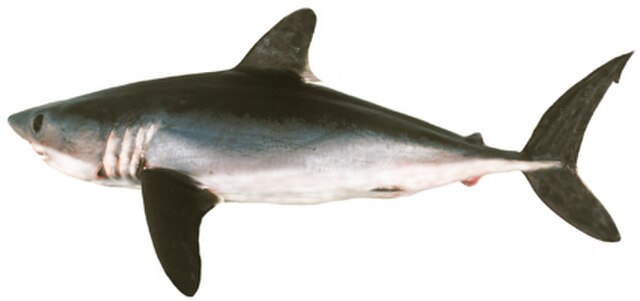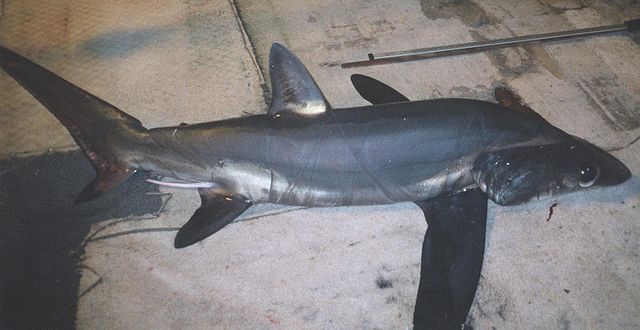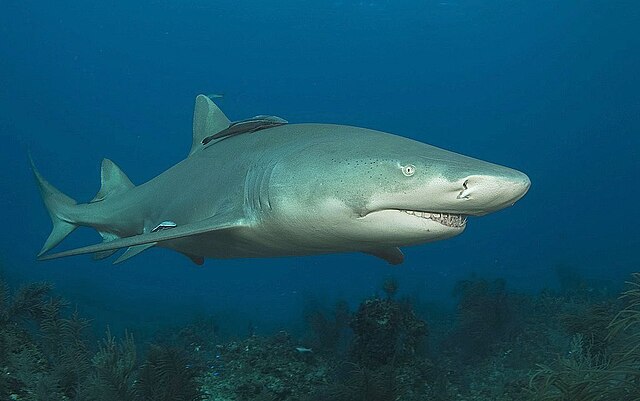Pensacola Fishing Tides Decoded: Fish More, Catch More
By Adam Hawthorne | Last Modified: May 11, 2025
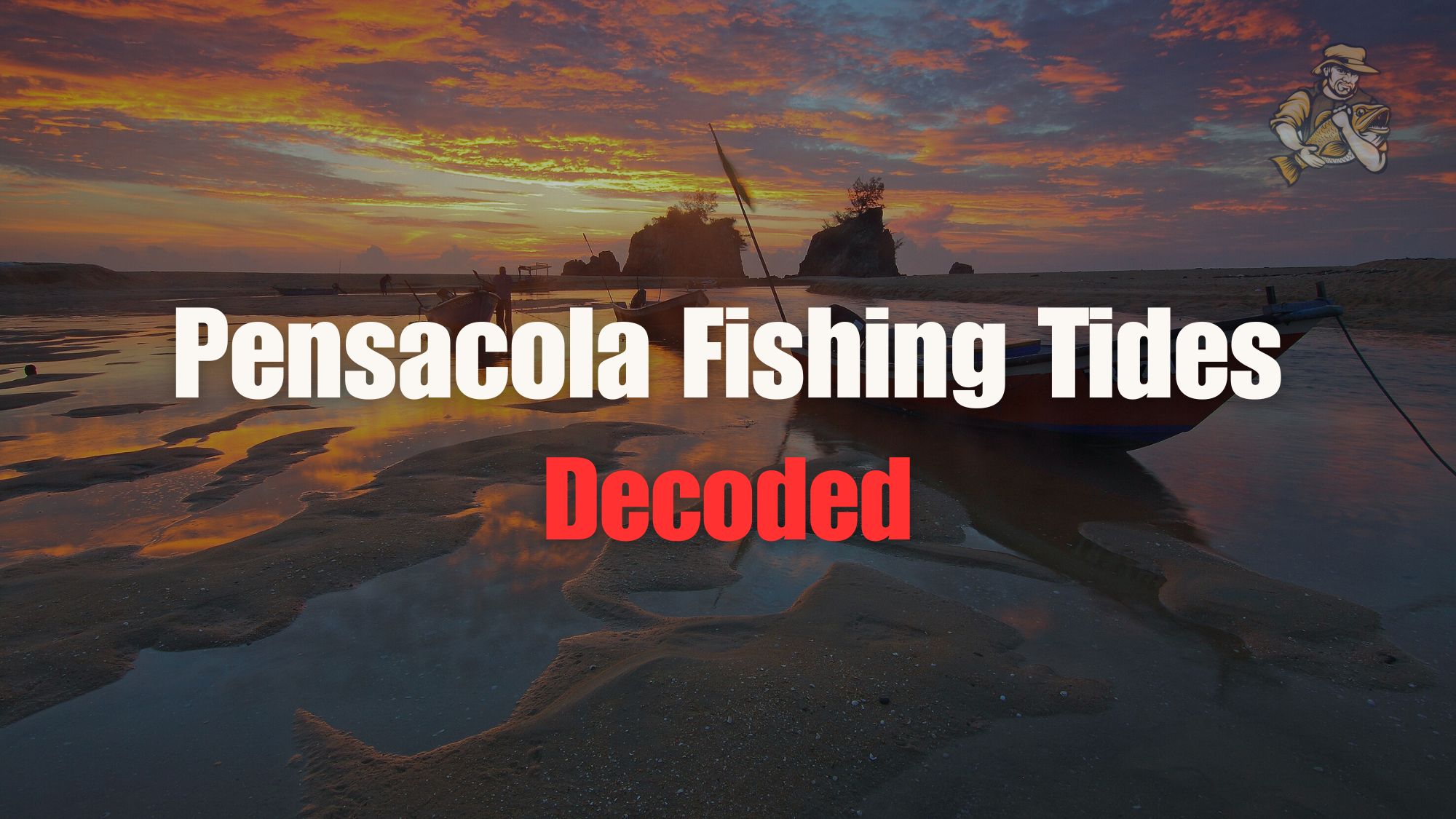
Look, I’ve spent the better part of my fishing life getting absolutely schooled by Pensacola’s tides. Just last month, I dragged my buddy Dave from Michigan down to the Gulf, confident I’d show him how “real” saltwater fishing worked. We ended up watching water rush out of Pensacola Pass for three hours straight, catching nothing but a sunburn and a serious case of humility.
The thing about Pensacola fishing tides is they’re not just water moving in and out. They’re a complex dance between lunar cycles, wind patterns, and that peculiar geography that makes this area such a phenomenal fishery. And if you don’t understand that dance? Well, you’ll be like me and Dave that day – expensive tackle, perfect weather, and absolutely nothing to show for it.
Understanding Pensacola’s Tides: Why They’re Different From Your Local Pond
Growing up fishing the Great Lakes, I thought I knew water movement. Then I moved down here part-time (yeah, I’m one of those snowbirds now) and realized I didn’t know jack. Pensacola’s positioned at this weird confluence where the bay system meets the Gulf. You’ve got Escambia Bay, Pensacola Bay, and Santa Rosa Sound all mixing their waters like some kind of aquatic cocktail shaker.
The tides here aren’t just simple twice-daily affairs either. We get these mixed semidiurnal tides – fancy way of saying you’ll see two highs and two lows daily, but they’re not equal. One high tide might bring in 2.5 feet while the next barely manages 1.2 feet. This irregularity drives newcomers absolutely bonkers. I watched a tourist from Ohio last week staring at his tide app like it was written in ancient Greek.
What makes Pensacola special is how that Gulf water funnels through Pensacola Pass. During a strong outgoing tide, that channel becomes a conveyor belt of baitfish, and every predator worth catching lines up for the buffet. But here’s where it gets tricky – the timing varies dramatically based on moon phase, wind direction, and even barometric pressure.
The Geography Factor Nobody Talks About
Here’s something that took me embarrassingly long to figure out: Pensacola’s barrier islands create these micro-ecosystems with their own tide patterns. Bob’s Cut, the channel between Pensacola Beach and Perdido Key, runs almost perpendicular to Pensacola Pass. When the main pass is ripping out, Bob’s Cut might still be flooding in.
I discovered this accidentally while chasing Spanish mackerel one October morning. The main pass was dumping water like a bathtub drain, but over at Bob’s Cut, the tide was still pushing in. The Spanish were stacked up right at that convergence zone where the two currents met. Caught 23 fish in 45 minutes before the pattern shifted. Pure dumb luck that turned into actual knowledge.
Decoding Tide Charts: Beyond High and Low
Looking at basic tide charts for Pensacola is like reading the CliffsNotes version of War and Peace – you get the general idea but miss all the important details. The standard NOAA predictions give you times and heights, sure, but they don’t account for what actually happens in the backwaters, grass flats, and channel edges where fish actually live.
Let me save you some frustration. That tide chart on your phone? It’s probably referencing the official Pensacola station near the Maritime Museum. That’s great if you’re fishing right there, but head up into Bayou Texar or out toward Fort Pickens, and those times shift dramatically. Up in the bayous, high tide might arrive 90 minutes after the official time. Out at the fort, it could be 30 minutes early.
Captain Jimmy, who runs charters out of Bayou Chico, explained it to me like this: “Think of the tide like traffic on I-10. The official time is when the first car enters the on-ramp, but it takes a while for that traffic to reach every exit.” Brilliant analogy, though Jimmy also believes redfish can hear you talking about them, so take his wisdom with appropriate salt.
Secondary Factors That Matter More Than Primary Tides
Wind. Sweet mother of pearl, the wind. Pensacola fishing tides get absolutely manhandled by wind, especially in the shallow bays. A stiff northeast wind can push water levels up a full foot above predicted highs. Conversely, a hard north wind will suck water out of the upper bays like someone pulled the plug.
Last December, I planned a whole trip around what looked like perfect tides. The charts showed a nice 2.3-foot high at 7 AM – ideal for working the grass flats near Big Lagoon. What the charts didn’t show was the 20-knot northwest wind that had been blowing for two days straight. When I got there, those “flooded” grass flats were high and dry. The actual water level was nearly a foot below prediction.
The local marine weather forecasts for Northwest Florida are crucial reading, but even they don’t capture everything. You need to factor in sustained wind direction over multiple days, not just current conditions.
Prime Fishing Windows: When Tides Actually Help
Alright, let’s get to what you actually care about – when to fish these confounding tides. After fumbling around for several years and burning untold gallons of gas, I’ve identified what I call the “Pensacola Sweet Spots.”
The Magic Hour Before High Tide This is when things get interesting in the passes and deeper channels. As the tide approaches its peak, baitfish get pushed up into areas they normally avoid. Predators know this. That last hour before high tide at Pensacola Pass is absolutely money for Spanish mackerel, bluefish, and sometimes tarpon if you’re lucky.
But – and this is critical – not all high tides are created equal. You want that morning high tide, preferably on a rising barometer after a front has passed. Those conditions had me into a school of 30-pound jack crevalle last April that nearly spooled my Penn Battle III. Still haven’t lived down letting one of those brutes snap my 40-pound leader.
The First Two Hours of Falling Tide This is when the grass flats and shallow bays really come alive. As water starts draining off the flats, every baitfish, shrimp, and crab gets funneled into predictable channels and cuts. Redfish and speckled trout set up like toll booth operators, just waiting for dinner to drift by.
My favorite spot during early falling tide is this little unnamed cut between two grass beds near Ft. McRee. The water drops from 3 feet to about 18 inches, creating this natural funnel that concentrates everything. Problem is, everyone and their cousin knows about it now. Get there late and you’ll find more boats than fish.
The Tide Windows Everyone Ignores
Slack tide gets a bad reputation, and usually for good reason. But in Pensacola, certain slack periods can be absolute dynamite. The key is finding those transition zones where different water bodies meet. During slack tide at the mouth of Bayou Grande, for instance, you’ll often find schools of ladyfish and small tarpon just milling around like they’re at a cocktail party.
There’s also this weird phenomenon during extreme low tides that most people avoid. When the water drops below 0.5 feet, it exposes all these little potholes and depressions in the flats that trap baitfish. Wade fishermen who brave the muck can find redfish belly-crawling into water so shallow their backs are exposed. It’s not pretty fishing, but it’s devastatingly effective.
Seasonal Variations: When Tides Matter Most
Summer tides in Pensacola are a different animal entirely. Water temperatures pushing 90°F mean fish are ultra-sensitive to oxygen levels. Those early morning incoming tides become crucial – they bring cooler, oxygen-rich Gulf water into the bays. Miss that window and you might as well fish for lawn ornaments.
I learned this the hard way during a brutal July several years back. Kept fishing through the day because I’m stubborn like that. Ended up watching lethargic trout literally gasping at the surface by noon. Now I’m on the water at first light and done by 9 AM during summer months.
Winter brings its own challenges. Those screaming north winds I mentioned? They’re at their worst December through February. Predicted high tides might never materialize if the wind’s howling hard enough. But here’s the silver lining – those same winds create incredible current breaks and ambush points that hold monster speckled trout.
Spring and Fall: The Goldilocks Seasons
Spring tides (the astronomical kind, not the season) during March and April create some of the most extreme water movement all year. These aren’t necessarily the best fishing tides, mind you. Too much current can actually scatter fish and make presentations difficult. But the days immediately following spring tides? That’s when things settle into perfect patterns.
Fall might be my favorite time to fish Pensacola tides. Water temps are dropping, baitfish are schooling up for their southward migration, and those mullet runs… good lord, the mullet runs. When the mullet start pouring out of the bays on falling tides, every predator in the ecosystem loses its collective mind. I’ve seen 40-pound redfish crashing bait in knee-deep water during October’s falling tides.
The trick is timing your trips around the strongest tidal movements of the month – typically around new and full moons. But again, it’s not just about maximum current. It’s about finding that sweet spot where current is strong enough to position fish but not so strong that they shut down.
Micro-Environments: Hidden Tide Patterns
This is where local knowledge really pays off. Pensacola’s got dozens of little micro-environments where tides behave completely differently from the main predictions. Take Johnson Beach on Perdido Key. The Gulf side follows normal tide patterns, but the back side facing Big Lagoon? It’s got its own rhythm entirely.
I discovered this spot where an old hurricane cut created this weird little basin that fills on incoming tide but doesn’t drain properly on the outgoing. It basically creates an aquarium full of trapped baitfish every tide cycle. The snook – yes, we have snook this far north now thanks to climate change – have figured this out. They slide in there during high tide and just gorge themselves silly.
Then there’s the old Navy pier ruins near Sherman Cove. The way those broken pilings interrupt tidal flow creates these circular eddies that trap literally everything. On a falling tide, it’s like fishing in a washing machine, but a washing machine full of speckled trout and redfish.
Bridge Fishing and Tidal Games
The bridges around Pensacola aren’t just structures – they’re tide amplifiers. The Three Mile Bridge (officially the General William “Red” Wilson Bridge, but nobody calls it that) creates incredible tide rips that absolutely concentrate fish. But timing is everything.
You want to fish the up-current side during the strongest part of the tide. Sounds obvious, right? Here’s what’s not obvious: the tide changes direction under that bridge about 45 minutes before it changes in open water. I figured this out after watching an old-timer absolutely slay sheepshead while I was getting skunked 50 yards away. Turns out he’d been fishing that bridge for 40 years and knew exactly when that current switch happened.
The Bob Sikes Bridge is another story entirely. The way it spans both Pensacola Pass and Santa Rosa Sound creates these competing currents that… well, it gets complicated. Let’s just say I’ve seen outgoing tide on one side while incoming tide happened literally 100 feet away. Fish the wrong side and you’ll wonder why everyone else is catching while you’re not.
Tackle and Techniques for Pensacola Tides
Your standard freshwater bass tactics won’t cut it here. When that tide’s really moving, you need weight – and lots of it. I fought this reality for way too long, trying to finesse fish with light tackle in 3-knot currents. Turns out fish don’t admire your sporting ethics when they’re focused on not getting swept away.
For the passes and deeper channels during peak tide, I’m throwing 1-2 ounce jigs minimum. Sounds excessive until you try to hold bottom with anything lighter. My go-to is a 1.5-ounce white bucktail with a pearl Gulp shrimp trailer. Simple, effective, and it catches everything from flounder to king mackerel.
In the shallows, it’s a different game. During those critical windows when tide is just starting to move, you can get away with much lighter presentations. Suspending lures like MirroDines and weighted Texas-rigged soft plastics are deadly. But once that current really gets going? Switch to spoons and swimming plugs that can handle water movement.
The Live Bait Advantage
Nothing beats live bait when the tide’s running hard. Shrimp, pinfish, and small croakers all work, but here’s the key: rig them to swim naturally in current. That means minimal weight and short leaders. I watch guys all the time with their bait pinned to the bottom wondering why they’re not getting bit. Meanwhile, fish are feeding in the water column where baitfish naturally travel.
There’s this spot near the Coast Guard station where a deep channel runs parallel to shore. During outgoing tide, I’ll free-line live shrimp with just enough split shot to sink slowly. The strikes are absolutely violent – usually speckled trout or small redfish that think they’ve found easy prey tumbling in the current.
Reading Subtle Tide Indicators
You can’t always see tide movement, especially in the back bays and canals. But there are signs if you know what to look for. Grass beds that lean consistently in one direction. Debris lines that form along mangrove edges. That subtle change in water color where different salinities meet.
Birds are probably the best tide indicators we have. Watch the pelicans especially. When they start diving in specific areas during tide changes, they’re seeing baitfish getting concentrated by current. Ospreys are even better – they’ll hover over the exact spots where baitfish are getting pushed into vulnerable positions.
I’ve learned to watch crab trap buoys too. The angle they lean tells you current speed and direction better than any app. When those buoys are laid completely flat, pointing straight out? That’s maximum current, and fishing’s usually tough. But when they start to stand up as tide slows? Get ready, because the bite’s about to turn on.
The Mullet Tell-All
Mullet behavior might be the ultimate tide decoder. During slack tide, they’ll spread out and muddle around near the surface. But watch what happens when tide starts moving – they immediately school up and orient themselves into the current. When you see tight schools of mullet all facing the same direction, you know current’s picking up even if the water looks calm.
Even better, mullet will often jump just before tide changes. I have no scientific explanation for this, but it’s remarkably consistent. See mullet going airborne after a period of calm? Tide’s about to switch, and predator fish seem to know it too.
Common Tide Mistakes (I’ve Made Them All)
The biggest error newcomers make is fishing yesterday’s tide. Conditions that produced yesterday don’t mean squat today. Wind changes, pressure changes, even heavy rain inland can completely alter tidal effects. I once fished the same spot three days straight with identical tide times. Day one was incredible, day two was decent, day three was a wasteland. The only difference? Wind had shifted from east to west.
Another killer mistake is arriving at your spot right at optimal tide time. By the time you’re rigged up and fishing, you’ve missed the best window. I now arrive at least 45 minutes early, get set up, and I’m actually fishing when that magic moment arrives. Learned this after watching boats pull up next to me just as the bite died, then wonder why I had a cooler full while they struggled.
Don’t ignore minor tide stations either. The network of secondary tide monitoring stations around Pensacola Bay provides crucial data for specific areas. That tide app on your phone probably references the main station, but fishing Big Lagoon? You need data from the Millview station. Fishing near Gulf Breeze? The Pensacola Beach station is your better reference.
Over-Thinking Tides
Here’s a truth that took years to accept: sometimes the tide chart is wrong. Not wrong in its predictions, but wrong for fishing. I’ve had incredible days during supposedly “bad” tides and been skunked during textbook “perfect” conditions. Fish don’t read charts.
What matters more than perfect tide timing is understanding how fish use tidal movement in your specific area. That might mean fishing an hour after book recommendations. Or focusing on tiny micro-currents that don’t show up on any chart. The best anglers I know use tide charts as a starting point, not gospel.
Advanced Strategies for Pensacola Tides
Let’s talk about something most anglers miss: tide lines. These are the visible boundaries where different water masses meet. Could be clean Gulf water meeting tannic bay water. Or warm shallow water meeting cooler channel water. These lines concentrate everything – baitfish, predators, and floating debris.
During incoming tide at Pensacola Pass, there’s often a distinct line where green Gulf water meets brown bay water. Fish that line like a seam. Cast beyond it and retrieve back through. Or better yet, position your boat so you can drift along it. I’ve caught everything from Spanish mackerel to cobia working these tide lines.
There’s also the concept of “tide shadows” – areas where structure blocks or redirects current. The old pier pilings near Ft. Pickens create dozens of these shadows. Fish stack up in them like cars in a parking garage. The trick is identifying which shadows hold fish at different tide stages. The up-current shadows work best on incoming tide, down-current shadows on outgoing.
Night Tides: The Secret Weapon
Fishing Pensacola tides at night is a completely different experience. For one, boat traffic is minimal, so fish are less spooky. But more importantly, many species feed more actively at night, especially during summer.
Those same tide patterns that concentrate baitfish during the day work even better at night. Snook (yes, they’re here now) are particularly susceptible to night fishing around bridge lights during moving tide. Dock lights create their own mini-ecosystems where tide brings food directly to waiting predators.
I’ll never forget one July night fishing the Navarre Bridge during outgoing tide. The combination of bridge lights and strong current had created this baitfish blender. Tarpon were rolling everywhere, and I managed to hook into a 100-pounder that nearly killed me on 20-pound spinning tackle. Lost him after 45 minutes, but that’s not the point. The point is night tides can produce experiences day fishing never will.
Equipment Considerations for Tide Fishing
Tidal fishing demands different gear than calm-water fishing. Reels need serious drag systems and capacity for when fish use current to their advantage. I learned this the expensive way when a king mackerel in Pensacola Pass used outgoing tide to strip every inch of line off my inadequate reel.
Rod selection matters too. Longer rods help keep line off the water in strong current, reducing drag. But they need backbone to handle the combined force of fish and tide. My 7’6″ medium-heavy is perfect for most situations, but I keep an 8′ heavy for when tide’s really cranking.
Line choice becomes critical. Braid’s thin diameter helps cut through current, but its lack of stretch can be problematic when fish make sudden runs in strong tide. I’ve settled on 30-pound braid with a 25-foot fluorocarbon leader. Long enough that the braid stays out of the fish’s sight zone, but not so long it’s unwieldy.
FAQs About Pensacola Fishing Tides
What’s the best tide for fishing Pensacola Beach?
The hour before high tide and the first two hours of outgoing tide consistently produce best along Pensacola Beach. Focus on the pier during incoming tide when baitfish get pushed against the structure. During outgoing tide, fish the beach cuts and troughs where water drains back to the Gulf.
Do I need different tackle for fishing strong tides?
Absolutely. You’ll need heavier weights (1-2 ounces minimum) to hold bottom in strong current, and reels with robust drag systems. I recommend upsizing your line by 5-10 pounds over what you’d use in calm conditions.
How do wind conditions affect Pensacola tides?
Wind can completely override tide predictions. Strong sustained winds from the north or northwest will push water out of the bays, creating lower actual levels than predicted. South and southeast winds do the opposite, creating higher than predicted levels. Always factor in wind when planning your trip.
Are neap tides worth fishing in Pensacola?
Neap tides (weakest tidal movement) can actually be excellent for fishing certain species in specific locations. Flounder and sheepshead, for instance, often feed better during slower tides. The key is adjusting your locations and tactics – fish closer to structure and use lighter presentations.
How early should I arrive before optimal tide time?
I recommend arriving at least 45 minutes before your target tide window. This gives you time to scout the area, identify current patterns, and be actually fishing when conditions peak. Some of my best catches have come in that “prep time” before the supposed optimal window.
Conclusion
After all these years of fishing Pensacola tides, I’m still learning new patterns and exceptions. Just when I think I’ve got it figured out, these waters humble me again. That’s part of what makes it exciting though. Every tide brings new possibilities.
The key is paying attention to the subtle signs – how baitfish behave, where birds concentrate, which way grass leans. These physical indicators often tell you more than any tide chart. Combined with an understanding of the basic patterns I’ve outlined here, you’ll catch more fish more consistently.
Remember, tide charts are just predictions. Real-world conditions create the actual fishing. Use the charts as a framework, but let what you observe on the water guide your decisions. And for heaven’s sake, get out there and fish. No amount of reading replaces time on the water.
These Pensacola tides have been a harsh teacher, but they’ve made me a better angler. They’ll do the same for you if you pay attention and remain humble enough to learn. Now, if you’ll excuse me, tomorrow’s new moon tide sequence is looking promising, and I’ve got some rigging to do.

Meet Adam Hawthorne
I’m a lifelong fishing enthusiast who’s spent years exploring rivers, lakes, and oceans with a rod in hand. At Fishing Titan, I share hands-on tips, honest gear reviews, and everything I’ve learned about fish and ocean life, so you can fish smarter and enjoy every cast.
Share:

Meet Adam Hawthorne
I’m a lifelong fishing enthusiast who’s spent years exploring rivers, lakes, and oceans with a rod in hand. At Fishing Titan, I share hands-on tips, honest gear reviews, and everything I’ve learned about fish and ocean life, so you can fish smarter and enjoy every cast.
Related Articles
-
Bleeding Heart Tetra
The Bleeding Heart Tetra represents one of the most distinctive and peaceful freshwater fish species in the aquarium trade, captivating enthusiasts with its characteristic bright…
-
7 Best Places to Go Fishing in Florida (2025 Guide for All Anglers)
Florida’s known as the Fishing Capital of the World for good reason. With over 7,700 lakes, 10,550 miles of rivers, and 2,276 miles of coastline,…
-
Texas Saltwater Fishing: Essential Tips From Adam
It was June 2010, and man was I cocky heading into that first Texas saltwater trip. Drove down from Michigan in my F-150 with a…
-
Best Fishing Line for Bass in 2025: What Actually Works
I still remember the day I lost that monster largemouth on Lake St. Clair back in 2019. The fish hit like a freight train, and…
Fish Species
-
Swordtail Fish
The Swordtail Fish (Xiphophorus hellerii) stands as one of the most recognizable and beloved species in the aquarium trade, distinguished by its vibrant coloration and…
-
Porbeagle Shark
The Porbeagle Shark (*Lamna nasus*) stands as one of the most fascinating and ecologically significant predators in the North Atlantic and North Pacific oceans. This…
-
Bigeye Thresher Shark
The Bigeye Thresher Shark represents one of the ocean’s most extraordinary predators, distinguished by its dramatically elongated tail fin that can extend up to half…
-
Lemon Shark
The Lemon Shark (*Negaprion brevirostris*) represents one of the most scientifically studied and ecologically significant predators in coastal marine environments. This distinctive requiem shark, easily…

